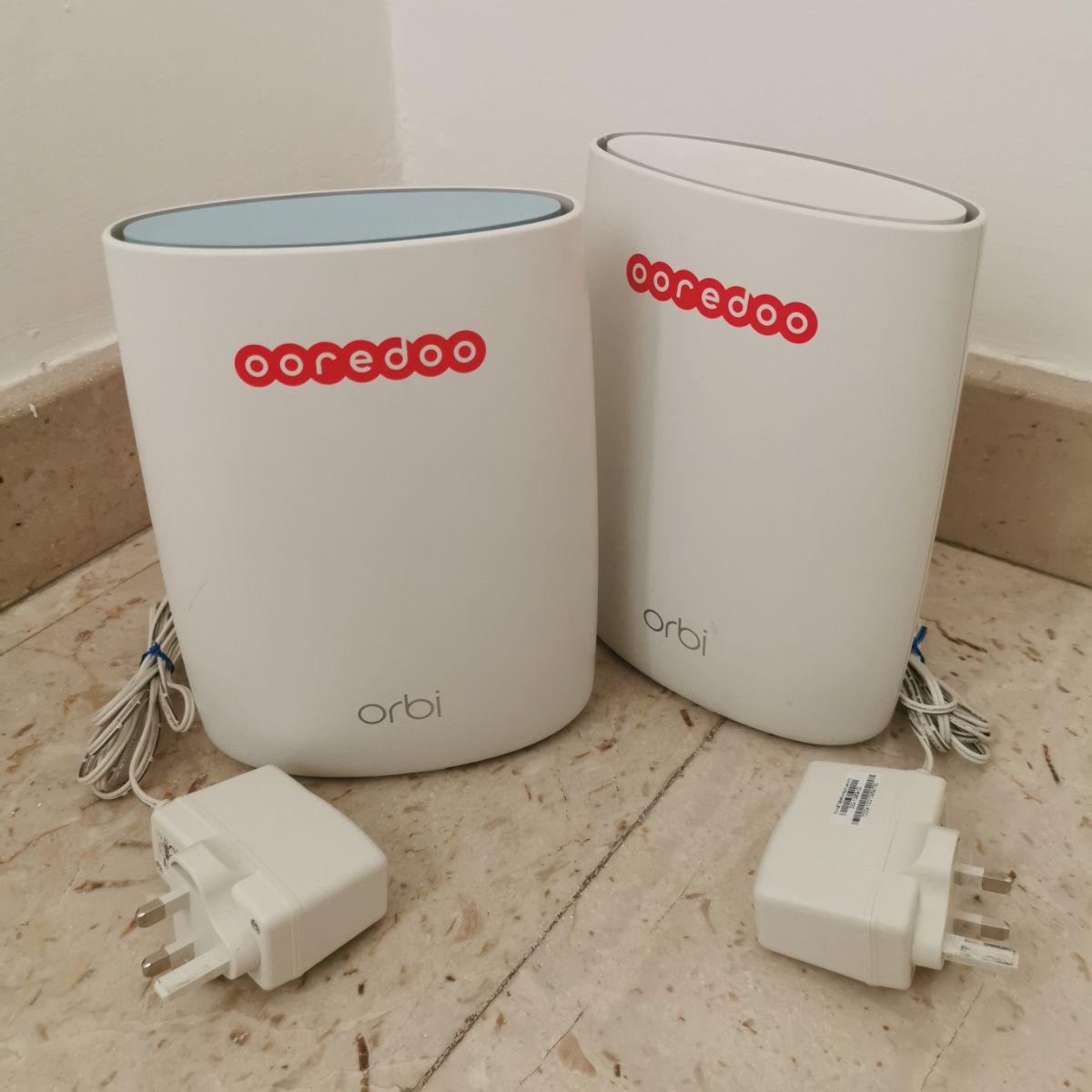Maximizing efficiency in the modern dynamic business landscape is crucial. OKRs and KPIs are two powerful tools to help achieve this. Both are used to measure success and guide teams. Understanding when and how they can be combined together will improve an organization’s overall performance.
Understanding OKRs
Define OKRs.
OKRs are Objectives and Key Results. They’re a framework that helps organizations communicate and set goals. The Goals describe what you are trying to accomplish, and the Results explain how your success will be determined.
Setting clear objectives
It is important to set clear, ambitious goals because they provide direction and motivate teams. An objective that is clearly defined can motivate individuals to work together towards a shared goal.
Key results and Measuring Success
The Key Results are measurable results that show progress towards the goal. These results should be measurable, specific and realistic, with a roadmap to success.
Understanding KPIs
Key Performance Indicators (KPIs) Definition
Quantifiable KPIs can be used to measure an organization’s progress in achieving its goals. These KPIs provide insight into the success of a business in meeting its goals.
Types of KPIs
KPIs are either financial (like growth in revenue) or not-financial, like customer satisfaction. Knowing the differences helps companies choose the best KPIs for their specific needs.
The importance of key performance indicators in tracking performance
For organizations, KPIs provide a way to measure performance over time. They allow them to recognize trends, take data-driven decision, and adapt strategies accordingly.
The Relationship Between OKRs and KPIs
Here is the detailed relationship between OKRs and KPIs mentioned below
OKRs and KPIs complement each other
OKRs are primarily used to set ambitious goals. KPIs, on the other hand, provide metrics for measuring progress towards these goals. They create an effective framework to achieve organizational success.
Combinations of the two
It is beneficial to use OKRs in conjunction with KPIs during performance reviews and strategic planning. These metrics ensure teams stay focused and aligned on short and long term objectives.
When to Use OKRs
Strategic Planning and Alignment
OKRs can be particularly helpful during the strategic planning phase. The OKRs help to ensure everyone is on the same page with the overall goals and objectives.
Setting goals for teams and individuals
OKRs are a great way to encourage accountability and ownership when setting goals, both for individuals and teams. The framework they provide helps define success.
Flexibility in objectives
The flexibility of OKRs makes them a great tool. Organizations can change their goals as circumstances evolve to remain relevant.
When to Use KPIs
Measures of Performance
They are most effective when used to measure performance over time. They can help track the progress of an organization, pinpoint areas that need improvement and make sure operations are running smoothly.
Operational efficiency tracking
In the context of operational efficiency, KPIs play a critical role. They can help identify bottlenecks, and improve processes to achieve better performance.
Departmental Performance Evaluation
The KPIs are also tailored for specific departments. This allows managers to assess performance and adjust accordingly.
Benefits of Using OKRs and KPIs Together
Enhance Clarity and Focus
The combination of OKRs with KPIs improves focus and clarity within an organization. The teams know where they’re going and what their performance will measured.
Performance tracking
OKRs, KPIs, and their combination provide an overall view of the performance of your organization, making it easy to monitor progress and take informed decisions.
Aligning Teams with Objectives
Both tools can help ensure all teams align with your organization’s goals, encouraging collaboration and teamwork.
Best Practices for Implementing OKRs and KPIs Together
Setting Measurable and Realistic Goals
When implementing OKRs or KPIs, it’s important to have realistic and measurable objectives. It’s important to keep teams motivated by implementing KPIs and OKRs.
Reviewing KPIs and OKRs regularly and adjusting them
Organizations can adjust OKRs, KPIs and other metrics based on their performance or changing conditions by conducting regular reviews. This agility is a competitive advantage.
Encourage Team Participation in the Process
Participating in the OKR/KPI setting process will foster a feeling of accountability and ownership, which leads to improved outcomes.
Challenges of Using OKRs and KPIs Together
Possible Confusion between OKRs and Key Performance Indicators
The confusion that can arise between OKRs, KPIs and other metrics is a challenge for organizations. It is important to communicate clearly about the differences between KPIs and OKRs.
Complicate the measurement process
A second challenge comes from the possibility of complicating the process. To ensure teams are able to focus on their goals, organizations should aim for simplicity.
Misalignment of Objectives
A misalignment of objectives can occur if not handled carefully. This issue can be mitigated by regular check-ins.
Real-World Examples of OKRs and KPIs in Action
Successful Organizations Case Studies
OKRs are used by many successful organisations in conjunction with KPIs. Google, for example, is well-known for using OKRs as a tool to improve performance and innovation.
Learn from their Experiences
These organizations can teach us valuable lessons on the importance of having clear goals, regular evaluations, and team participation.
Tools for Managing OKRs and KPIs
Platforms and Software that can help track
Software solutions are available to help organizations manage OKRs, KPIs, and other metrics. Popular choices include Asana Trello and Perdoo.
What to look for when choosing OKR tools and KPI tools
Look for tools that have features like customizable dashboards and user-friendly interfaces.
Future Trends in OKR and KPI
The Evolution of Measurement in Business
Measurement practices change as businesses do. Most businesses are moving towards more integrated measurement practices that integrate OKRs with KPIs to gain better insight.
Future Predictions of Performance Measurement
We can look forward to seeing more real-time analytics in the future. This will make it easier for companies to monitor performance and take informed decisions.
Conclusion
Conclusion: Using OKRs in conjunction with KPIs can enhance the efficiency of an organization and its success. Businesses can improve their performance by setting clear goals and measuring key performance indicators. Now is the perfect time to integrate these tools into your strategy for performance management.



